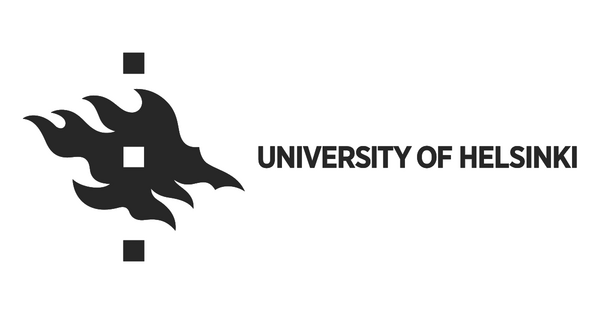University of Helsinki: Research into extracellular vesicles takes a leap forward – new instrument automates analysis of human plasma
With the new system, the nanosized molecules in the human blood stream can quickly and reliably be isolated and fractionated on the basis of their size, which opens up new opportunities for pre-emptive discovery of diseases from plasma samples, and for applying to e.g., research of coronavirus particles.
With current methods, it is very challenging and expensive to isolate many of the subpopulations of nanosized biomacromolecules.
“Virus particles, such as coronavirus particles, are currently hard to be isolated from plasma, but the newly developed isolation system allows it to be done in a repeatable, reproducible and automated way”, says MSc, MSc (Tech) Evgen Multia, who has completed a doctoral dissertation in the field of analytical chemistry.
The advantages of the new system are its speed and the possibility to fractionate subpopulations of biomacromolecules, which are currently difficult to study and play a significant role in the genesis and/or development of various diseases.
“Studying the subpopulations of biomacromolecules is especially important in future therapeutic and diagnostic applications, says the supervisor of the dissertation”, professor of analytical chemistry
Marja-Liisa Riekkola
from the University of Helsinki. This also creates new commercial opportunities.
The research in the thesis has focused on lipoproteins and extracellular vesicles, but the technique and the method can also be applied to other molecules and e.g. to viruses. The main principle of the method is to selectively capture molecules from plasma with antibodies immobilized on a suitable monolithic material, from which the antibodies then attach to certain proteins on the surface of the biomacromolecules. In this way, we can isolate specifically selected and wanted biomacromolecules among millions, which are then moved on-line to another isolation system for further fractionation based on size.
The newly developed isolation system is fully automated, and it can be used to collect subpopulations of biomacromolecules of a specific size for further investigation. This is a definite step forward from the methods and techniques mainly used currently.
In addition, exomeres were successfully isolated from plasma for the first time in the world with the help of this new method. We do not yet know what the exact role of this subpopulation of extracellular vesicles on the human physiology is. The isolated extracellular vesicles have also a promising future application area in targeted or smart drug delivery, where medication can be added inside the isolated vesicles for the vesicles to transport to specified targets in the body, e.g., diseased cells.
“The instrument and method development are combined in instrumental analytics, and the newly developed prototype is the result of cooperation between many different specialists”, says Multia, who took his master’s degree in analytical chemistry at the University of Helsinki and his second master’s degree in biomass refining at Aalto University, and is currently working as strategic management consultant.

